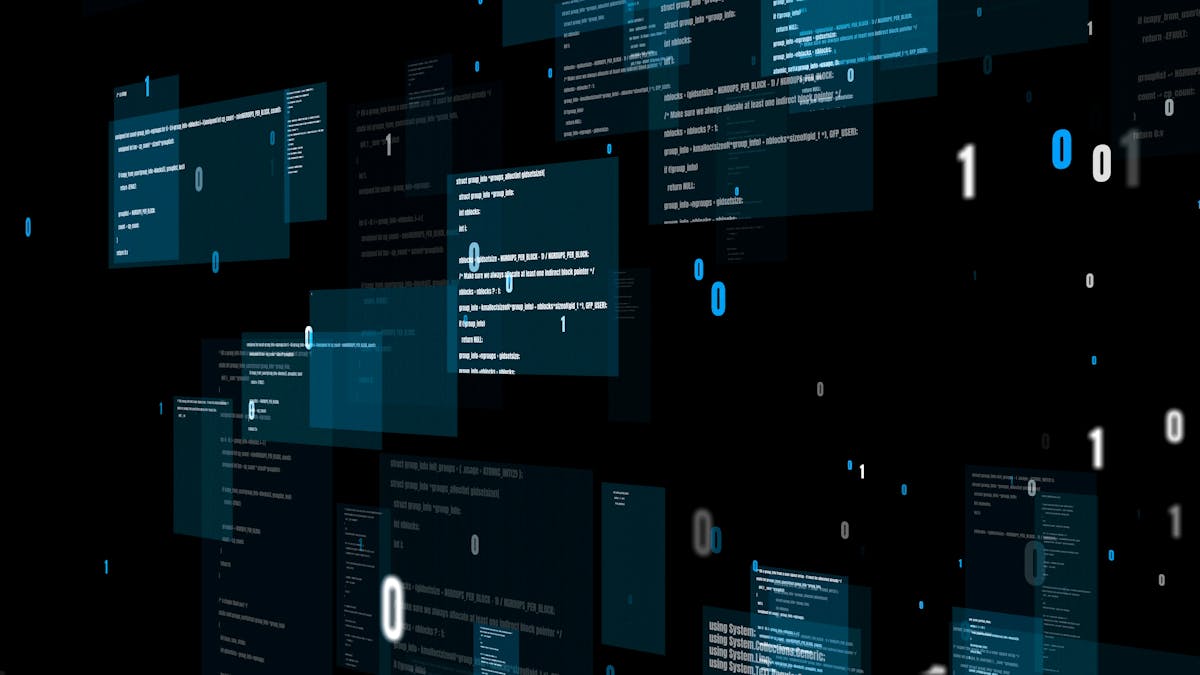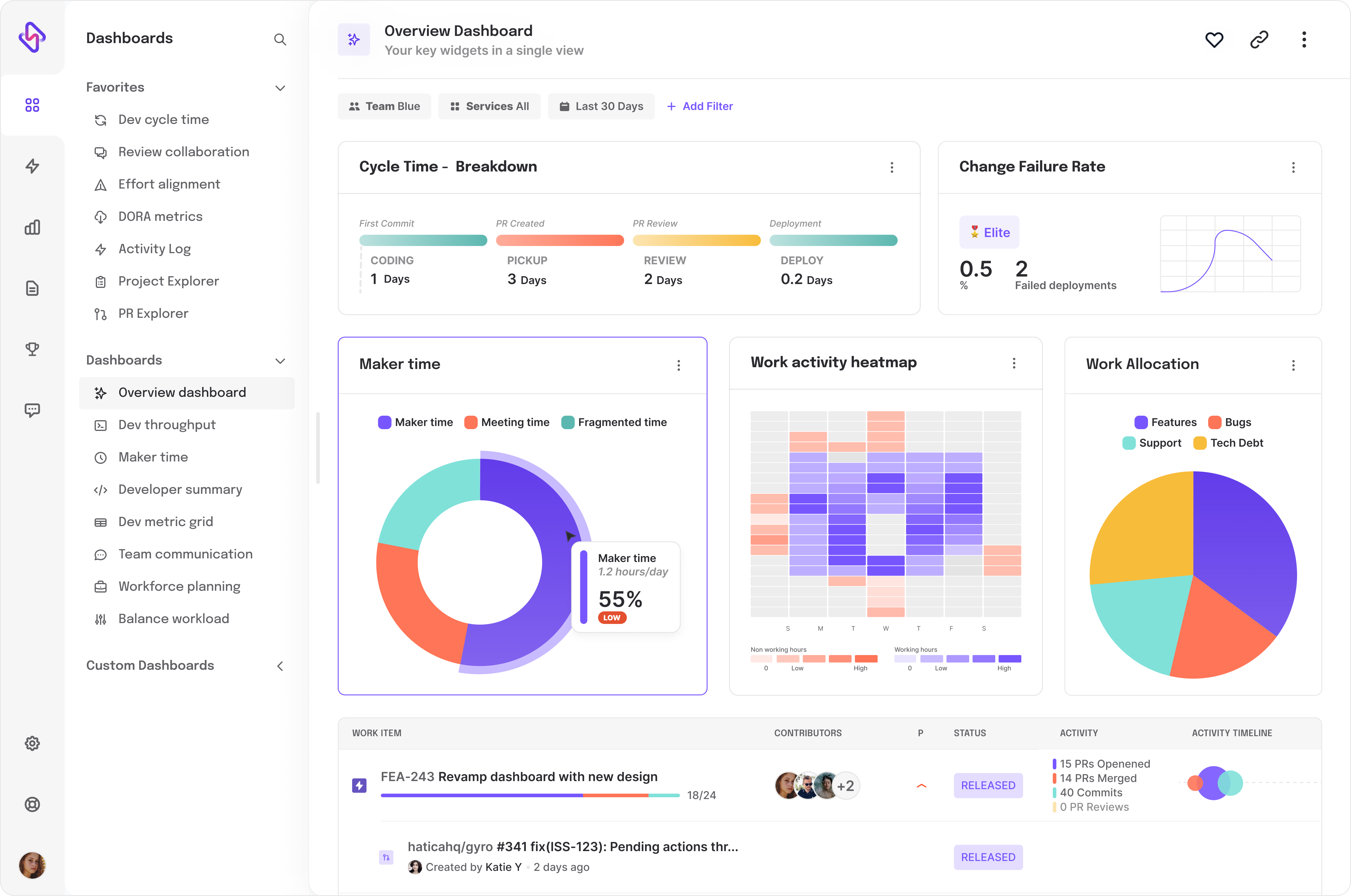Maintaining code quality, security, and efficiency is crucial in the dynamic realm of software development. Static code analysis, a powerful tool in the software development arsenal, addresses these concerns effectively. This article will guide static code analysis, from its foundational principles to real-world applications and limitations.
What is Static Code Analysis?
Static code analysis is a method of debugging that involves reviewing source code prior to running a program. It is accomplished by comparing a set of code against one set or several sets of coding rules. Static code analysis is frequently done as part of a Software Testing (also known as white-box testing) during the Security Development Lifecycle's Implementation phase (SDL).
How Does Static Code Analysis Empower Developers?
In many different development environments, static code analysis software is used to perform an automated standardization test. Code legibility is a common concern among developers. If a developer writes a chunk of code that is sent to a software tester, the code should be understandable and digestible.
Static code analysis software can help software engineers maintain their code consistency while improving team cooperation by constantly testing new code against benchmarks. In theory, static code analysis saves developer time while improving the quality of their debugging operations. Manual code analysis can often be inefficient and difficult to follow. Developers frequently don't discover bugs until after they've been deployed. Bugs can be found and alerted to developers decades before they emerge in a deployed application using static code analysis technologies.
10 Different Types of Static Code Analysis
Each approach used in static code analysis is specifically designed to examine a distinct aspect of code quality, security, or compliance. These approaches are essential for finding possible problems in the codebase without having to execute it. The main categories of static code analysis are as follows:
1. Code Style Analysis:
Consistency in code style enhances readability, collaboration, and maintainability. Code style analysis tools scan the codebase for adherence to coding conventions, naming conventions, indentation, and other style guidelines.
2. Code Quality Analysis:
These tools assess the overall quality of code by examining factors like complexity, maintainability, and potential design flaws. They provide insights into potential areas of improvement that could lead to more efficient and maintainable code.
3. Security Vulnerability Detection:
Security is paramount in software development. Static analysis tools can identify potential security vulnerabilities, such as SQL injection, cross-site scripting (XSS), and other code patterns that could be exploited by malicious actors.
4. Memory Leak Detection:
Improper memory management can lead to memory leaks and performance degradation. Static analysis tools can pinpoint areas of code that may cause memory leaks, helping developers prevent resource leaks and enhance application stability.
5. Concurrency and Threading Analysis:
In multi-threaded applications, race conditions and deadlocks can be hard to identify. Static analysis tools can analyze code for potential threading issues, helping developers avoid these subtle but critical problems.
6. Compliance and Standards Checking:
Different industries and projects have specific coding standards and compliance requirements. Static analysis can ensure code adherence to these standards, making it easier to meet regulatory requirements.
7. Performance Optimization Analysis:
Performance bottlenecks can significantly affect an application's speed and responsiveness. Static analysis tools can identify code segments that could lead to performance issues, enabling developers to optimize critical parts of their codebase.
8. Dependency Analysis:
Modern software relies on a myriad of external libraries and frameworks. Static analysis tools can help detect outdated or vulnerable dependencies, ensuring that the software remains secure and up-to-date.
9. Documentation and Comments Analysis:
Well-documented code is essential for maintainability. Static analysis tools can assess the presence and quality of comments and documentation within the codebase.
10. Custom Rule Enforcement:
Organizations often have their own coding standards and best practices. Static analysis tools can be customized to enforce these specific rules, ensuring a consistent coding approach across teams.
Benefits of Static Code Analysis
In the dynamic landscape of software development, unearthing hidden bugs and ensuring optimal code quality can be a daunting challenge. Let’s explore some of the benefits of static code analysis:





